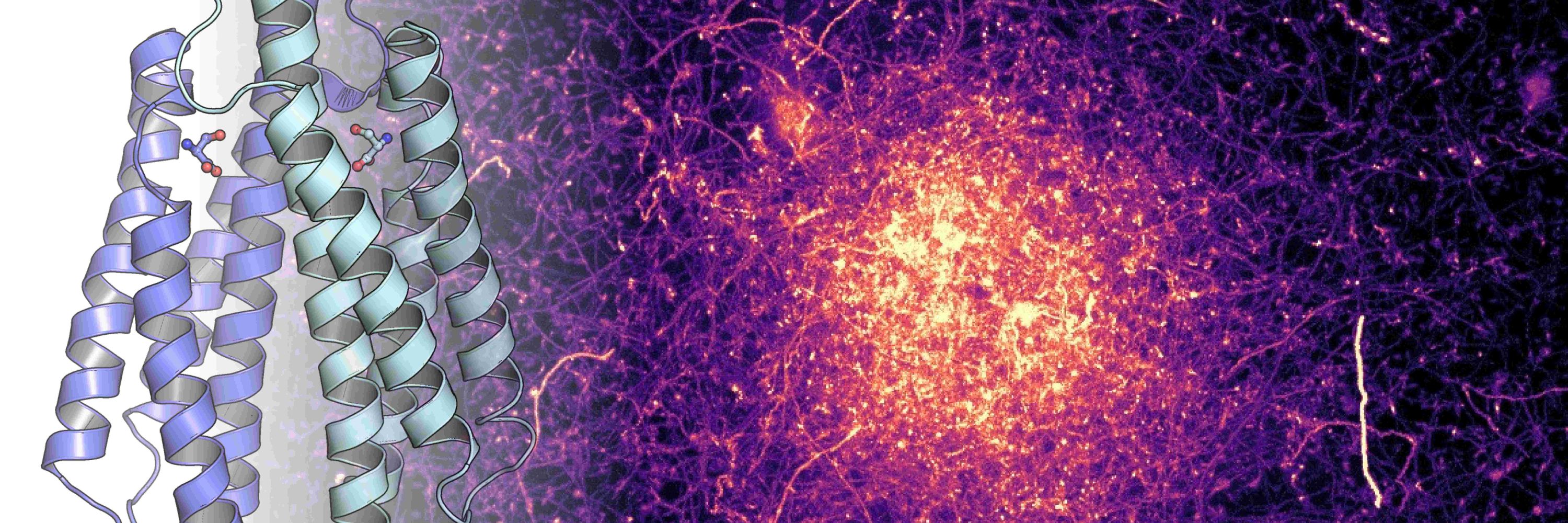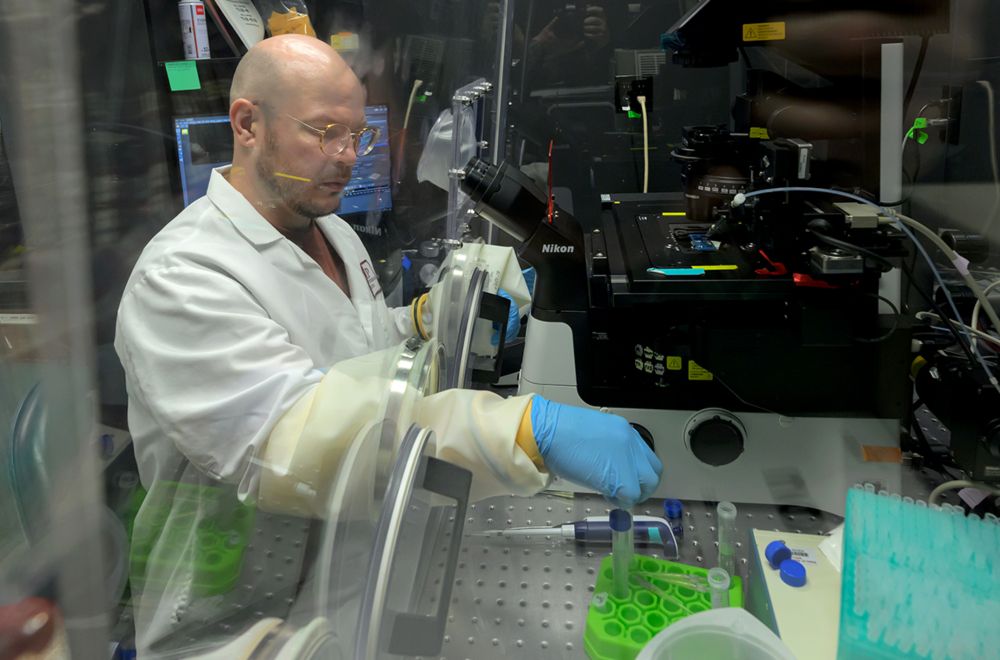
Washington State University - Esch LEAD Professor - Inclusion of Rural Individuals in Science (IRIS)
www.baylink-lab.com
Of course there will be real scientific disagreements that an editor will need to make a judgement call for the appropriate course of action. Yours doesn’t sound like such a case.
Of course there will be real scientific disagreements that an editor will need to make a judgement call for the appropriate course of action. Yours doesn’t sound like such a case.
journals.plos.org/plospathogen...

journals.plos.org/plospathogen...

Extreme armour in the world’s oldest ankylosaur
🧪🦖🦕
www.nature.com/articles/s41...

Extreme armour in the world’s oldest ankylosaur
🧪🦖🦕
www.nature.com/articles/s41...
The lab is based at Washington State University in Pullman - Go Cougs!
The lab is based at Washington State University in Pullman - Go Cougs!

Study published here: journals.asm.org/eprint/J45UR...

Study published here: journals.asm.org/eprint/J45UR...
news.wsu.edu/press-releas...

news.wsu.edu/press-releas...

